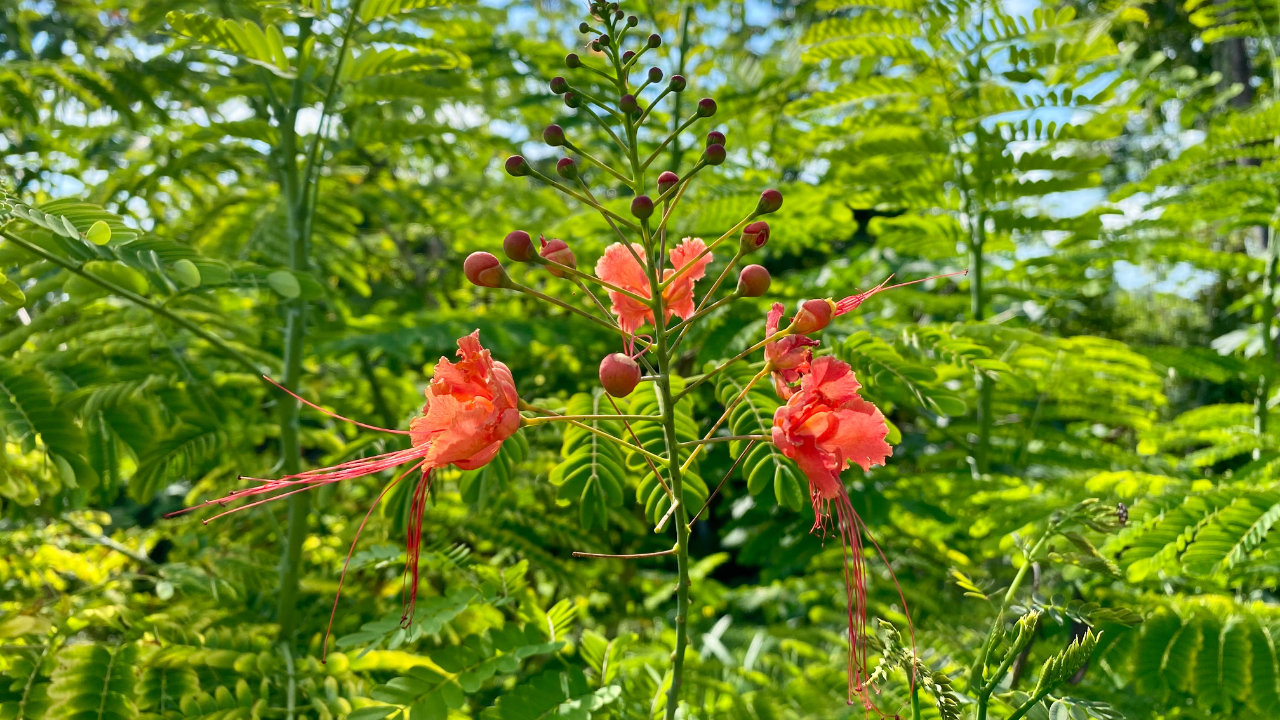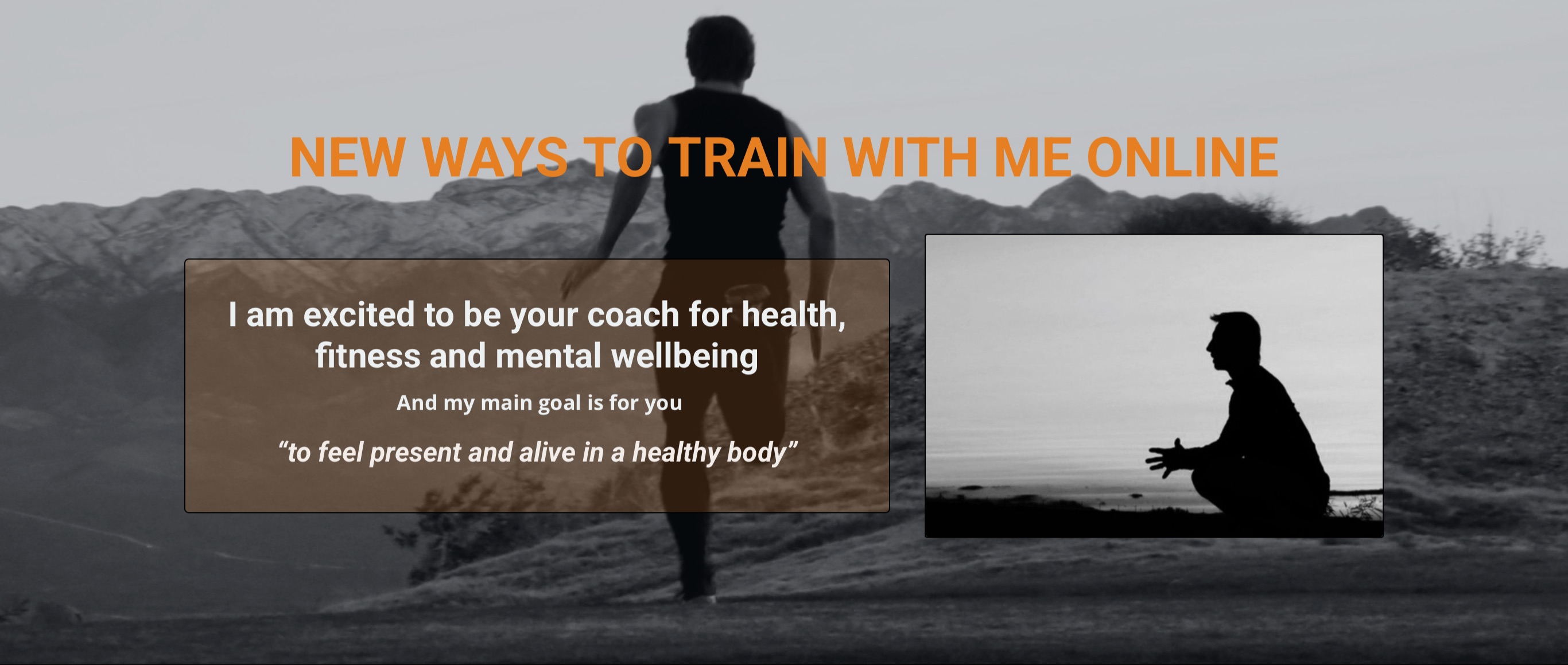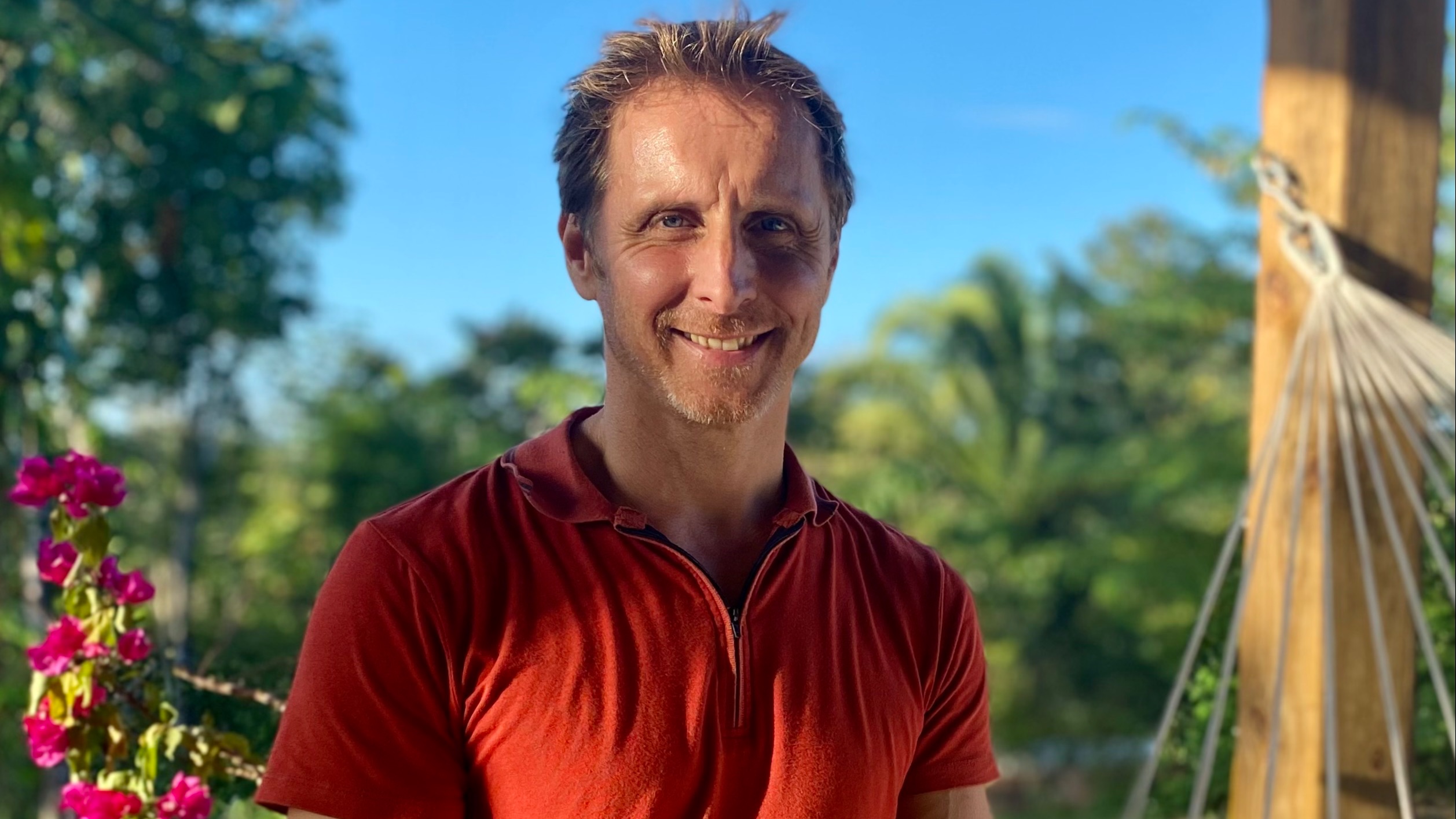The balance reset - Part 4

From body building to beauty contests, symmetry is often regarded as a sign of perfection. But what if the journey to a more symmetrical and balanced body requires going a little off-piste?
This month, as we enter the forth and final week of the balance reset, you may well have taken 15+ Dojiva classes dedicated to balance. And I am a hoping that you are already noticing some positive results. This week we get a little more nuanced.
Are there any straight lines in nature?
In nature, we do not see exact symmetry or straight lines. Take a leaf, a branch, a feather, a rock, flowing water etc… they all twist, turn and spiral. Yet the walls of the room you are in, a typical desk for a computer, the screen here, the exercise mat you use and the way movement is often taught is all based on straight lines and symmetry.
But for humans to have good balance and efficient movement don’t we need to be symmetrical?
I don’t think so. Let’s take some other examples. With the benefit of slow-motion video, we can see that a power-lifter straightens their arms at slightly different times and when a bird lands on a branch or flaps of its wings it does so with asymmetrical timing. And right now, if you open or close your eyes slowly, you will notice a subtle stagger to the movement.
Let’s also consider that our organs have an asymmetry within our torso and the face is not usually equal on both sides.
One of my coaches helped me and many others
Judith Aston is a master teacher trainer who’s concepts are unique in the movement world. When you train with her (or any of her team) you will soon come across the term ‘feathering’. This is a movement concept that helps you notice and honour natural (yet often very subtle) asymmetries.
In brief, you notice that within all of your movement, there is a slight weave and when you find this, your body loves it!
Many other disciplines encourage a more linear approach to movement and strive for the left and right side of the body to have the same look, strength and flexibility. I was in this camp for sure. Fortunately, in the year 2000 just six months after my first Pilates training, I met Judith on a training in London. Her teachings opened my eyes to new ways of moving and my body especially enjoyed the approach of honouring, matching and negotiating asymmetry.
My personal journey with this
In 1989, one of my college lecturers told me that I have a sideways curvature of the spine (technically called a scoliosis). Although this is more common than you might think, lordosis (an exaggerated curve at the lower spine) and kyphosis (an exaggerated curve of the upper spine) are more common and easier to see.
We have dedicated many of our Dojiva Mobility classes to help remedy these more common spinal abnormalities (lordosis and kyphosis). This cluster is not so much a remedy for scoliosis, rather an exploration and acknowledgement that the left and right side may be different. And by doing so, the goal is that you enjoy a more balanced body that in turn helps your overall balance confidence.
When things go too far
Here are some examples of how small natural asymmetries could become exaggerated and therefore problematic:
- From childhood, one arm/leg is favoured and becomes over-dominant
- Flexibility differences due to over-use or injury
- One-sided sports that involve a racket/stick/club and any throwing
- A job that involves a favour to one side (e.g. most manual work but also your mouse hand)
- Coordination - for many reasons, one side of the body is not as well-wired to the brain (it seems less organised)
- Lack of awareness on one side. For a number of reasons, we might ‘check out’ of one side of the body, or a certain body-part
Physical problems can then arise because one side of the body is getting over-worked and the other neglected.
Then in life we might be exaggerating this with chores such as cleaning and sweeping, gardening, all those one sided sports, driving, use of a computer mouse and working certain machines.
Three remedies spring to mind:
- Remember to regularly neutralise your body after sport/chores. This will interrupt the tendency for imbalances to perpetuate. Any of our 130 Dojiva mobility classes will do, but you can reach out for a private session and together, we can organise a bespoke stretch routine. Even a five - ten minute routine of body-neutralising can be enough.
- During your workouts be aware of weaker or less co-ordinated areas of your body. For weaker sides, do an extra set. For less co-ordinated areas, in the moment of exercise, be extra conscious of that muscle (and of course how it relates to the co-operation throughout your whole body). Then, a great example with a flexibility imbalance is the hamstrings, when all too often, one leg is clearly less supple than the other. Start your stretching focus on the tighter side, change over and then give the first leg a second round of stretches.
- Then, in daily life, you might also consider swapping sides for certain chores such as sweeping or cleaning your teeth. Also during a wam up, try playing racket sports or even a golf swing with your non-dominant hand/side. Also practice kicking/throwing a ball with your less confident side. This will feel strange at first, but eventually your body will get used to it and your game should improve.
When to leave it be
Many imbalances are slight and this is normal. Providing you don’t have pain or stiffness, intervention or change is not needed. However, when imbalances become more pronounced, we need to consider the above movement and awareness strategies to narrow the gap. But, a lot of the above is injury prevention, so what if you have a current injury?
Left unchecked, little imbalances could gradually increase, joints and tissues remain compromised, gait gets thrown off and together this can lead to wear and tear and possible injury/need for surgery.
That’s when help might be needed
The plan for maintaining your body’s balance and injury rehab is very similar and regular exercise can take or many issues. However if you are not getting the results you want or have chronic pain, extra help might be on the cards. That would involve postural and movement appraisal from a trainer, physio, osteopath, etc. Ideally you will find a practitioner who can do hands-on structural body-work and give you movement tips too.
A quick note on surgery. Usually you have the fore-sight of a date which means you have time to implement a pre-hab routine to build up the surrounding muscles. Then, after the procedure be sure to ask for and be suer to engage in a good treatment and rehab programme.
Summary
In our Dojiva classes, we are never trying to be equal left and right. That’s why we use dumb-bells and not barbells and free weights/bands rather than gym machines. By working with our differences (asymmetries) we are more likely to enjoy a balanced body.
in other words, the journey to a more symmetrical body might be via a path of asymmetry!
So, this week, why not mix it up and put some curves in your movement… be more like water and flow about your environment.
Ok, that’s it for this week, thanks for reading.
Take care
Danny
Members can login here and for the ten day Dojiva trial - click here




